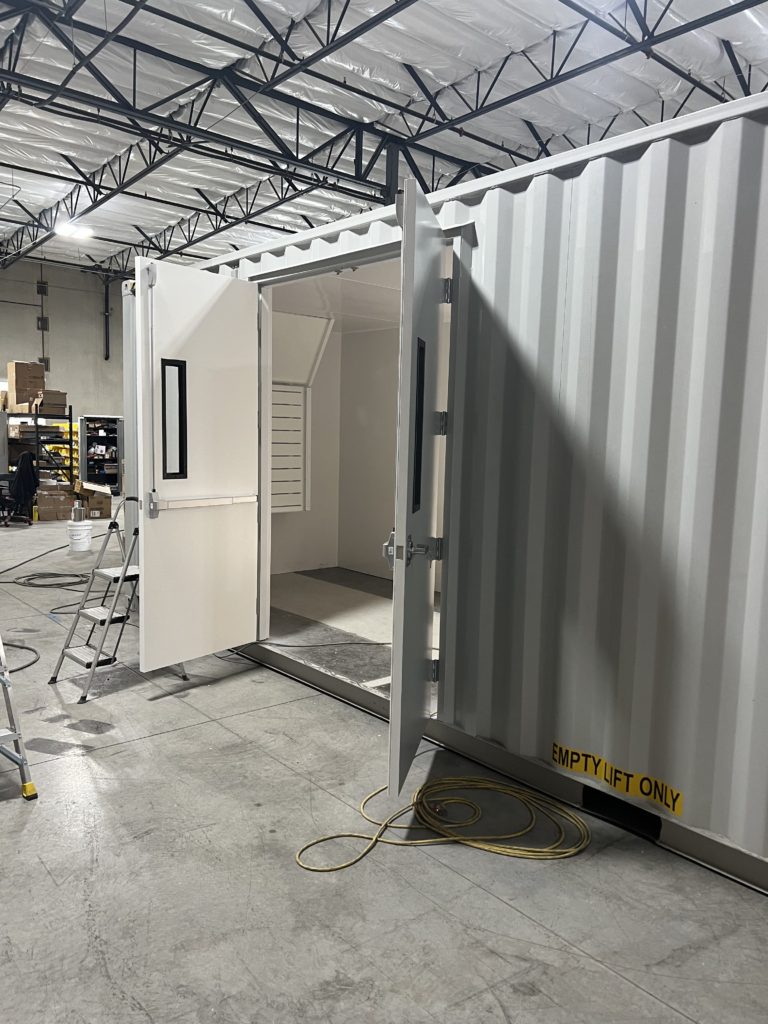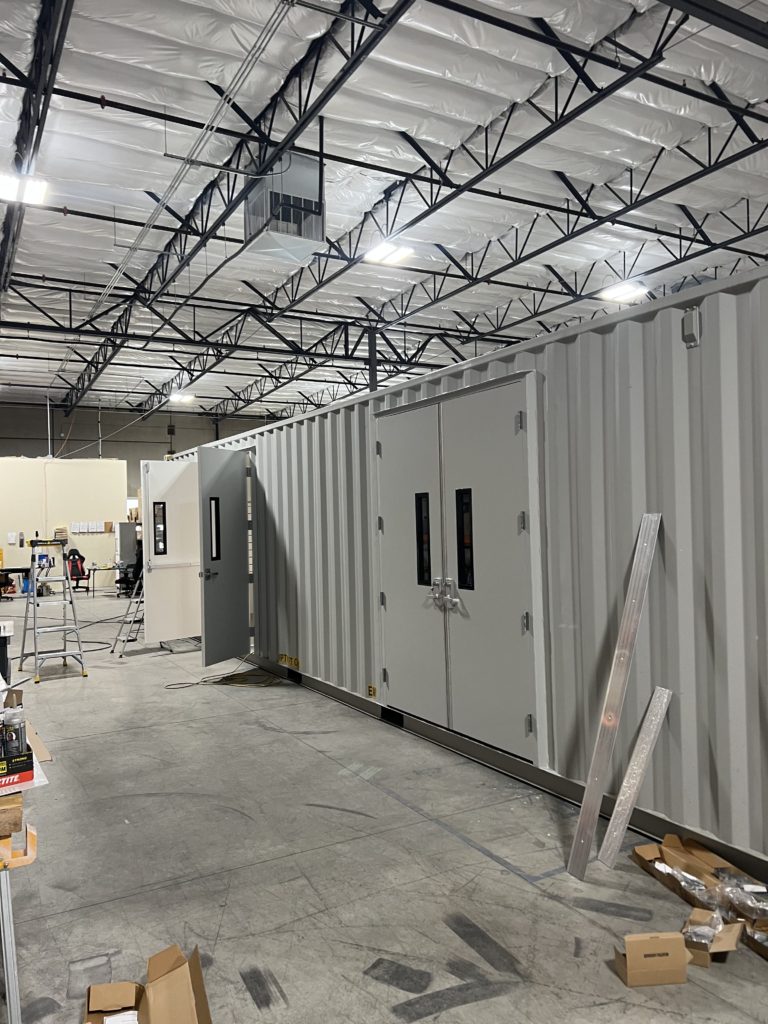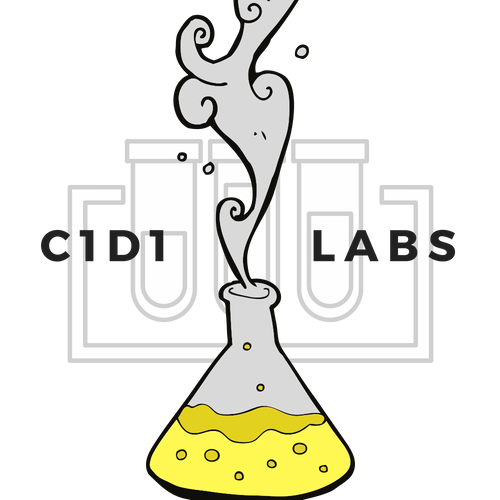C1D1 Labs is a company that provides compliance services for NFPA (National Fire Protection Association) in addition to local and state fire standards. We can help you design your hazardous areas and write the fire hazard report required for NFPA compliance. In this blog post, we will give a brief overview of the fire hazard report and why it is important for lithium-ion battery manufacturing facilities.
What is a Fire Hazard Report?
A fire hazard report is a document that outlines the potential fire hazards in a given area. It includes information on the type of materials that are present, solvent limits, fire rated walls, control areas, equipment certification review, code compliance related to your floor plan design and more. The purpose of a fire hazard report is to help identify potential risks and take steps to mitigate those risks for a lithium-ion battery production facility.

Why is a Fire Hazard Report Important?
A fire hazard report is important because it can help prevent fires from happening in the first place. By identifying potential hazards and taking steps to mitigate them, you can reduce the chances of a fire starting or spreading. This allows allows your insurance company to pay out when an innocent occurs inside your lithium-ion battery manufacturing facility. A fire hazard report can also help you develop a tight relationship with your AHJ (authority having jurisdiction) and create a very speedy permitting process as this report actually shifts liability from the local fire department / engineering department to our engineers.

Fire Hazard Analysis for Lithium-ion Battery Manufacturers
A fire hazard report should be included in the permitting set for every Battery Manufacturing facility. Having hazardous solvents and materials creates a bumpy permitting road that many underestimate until knee deep with comments, and concern from the AHJ. Often the AHJ doesn’t fully understand the compliance requirements for your build until engineers are brought in to look at your permitting set for the lithium-ion battery manufacturing facility. This creates a miscommunication between the AHJ and the new business which often creates timeline issues. The solution…come prepared and give them documentation on the fire requirements day 1, and shift liability. This takes the dirty work out of the AHJ’s hands and gives them both confidence in your project but often priority in engineering as they know it has what it needs and can get through building departments quickly.
A fire hazard report is an important document that can help prevent fires from happening. If you are required to have a fire hazard report for NFPA compliance, C1D1 Labs can help you design your hazardous areas and write the report. Contact us today to learn more!

